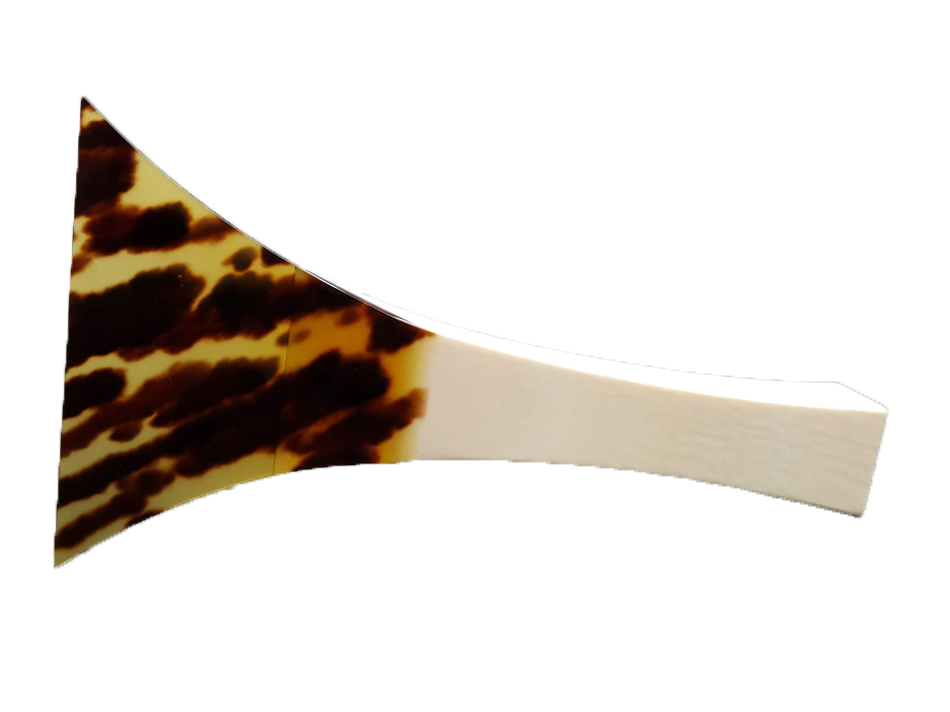ORIGIN OF THE THREE STRINGS

To start talking about the shamisen we must first travel to 13th century China….
There was discovered the first three-stringed instrument, called San Xian, it was composed of an elongated neck with three huge and rudimentary pegs covered with snake skin.
It was not until many years later when it arrived on the Japanese island of Okinawa…
It was in the 15th century when the San Xian became the San Shin…
Similar in its characteristics, but with a shorter neck, the Japanese San Shin was more elegant and sophisticated.
It started to become popular in the local Okinawan music…

Finally, almost a century later, this San Shin reached the coast of Osaka, where it would evolve into what is known today as Shamisen…
SHAMISEN IS BORN

Shamisen as such would not appear until the 16th century. It was in Osaka, where it became popular in the Kabuki theater.
Also known as Shamisen Nagauta (long song), it was used as a musical accompaniment for storytelling. This is how it became popular in Japanese folklore.
Unlike the San Shin, the neck was longer and thinner, it was made of red sandalwood and the drum was covered and tightened with cat skin.

Detail of the natural cat skin, you can see the nipple marks.
To play the shamisen, a plectrum known as Bachi is used. Originally made of ivory or wood, the bachi hits the strings and impacts the skin, simultaneously creating melody and percussion.

Ivory Bachi
TSUGARU SHAMISEN

As the Shamisen did with the San Shin at the end of the 1800s, it evolved again, but this time on a journey to the freezee lands of northern Japan…
The story goes that the Tsugaru Shamisen was created by Nitaboh, a young blind man who discovered the sound of the shamisen, was fascinated by it and soon began to play the one he inherited from his mother.
He created his own style and so he needed a more robust shamisen…
Thanks to the help of people who respected him and recognized his talent, he obtained a Shamisen with a thicker neck (futozao).
This was used in the puppet theater (gidayu) because of its size it offered greater sound power.
This was the instrument that helped him to enhance his virtues as a musician and to develop the style that today is known as Tsugaru, where vigor, technique and improvisation predominate.

Frame from "Nitaboh" anime movie
His legacy would be followed by musicians such as Shirakawa Gunpachiro and Takahashi Chikuzan among others. This is how this instrument became popular throughout the island of Japan.
Takahashi Chikuzan
Unlike its smaller brother (Shamisen Nagauta) the Tsugaru Shamisen drum (slightly larger than the normal shamisen) is covered with dog skin.
In addition, a different plectrum is used. It is made of tortoise shell (a material that is still used today).
Being a rigid material and more flexible than ivory, it provides a faster and more precise action than the original bachi.

Bekko Bachi(tortoise shell)
Nowadays there are artists who have gone further by fusing different musical styles. The Yoshida Brothers are some of those who have managed to mix (successfully) the sound of the shamisen with Pop, Blues or Electronica. Here are some examples:
In addition to all these innovations there are also other great performers, such as Hiromitsu Agatsuma, who are able to transport us to those freezee lands of the Aomori region, where the Tsugaru Shamisen and its key piece, Tsugaru Jongara Bushi, were born.
If you have come this far, you can’t miss the following video, relax and enjoy the most authentic sound of Tsugaru Shamisen.